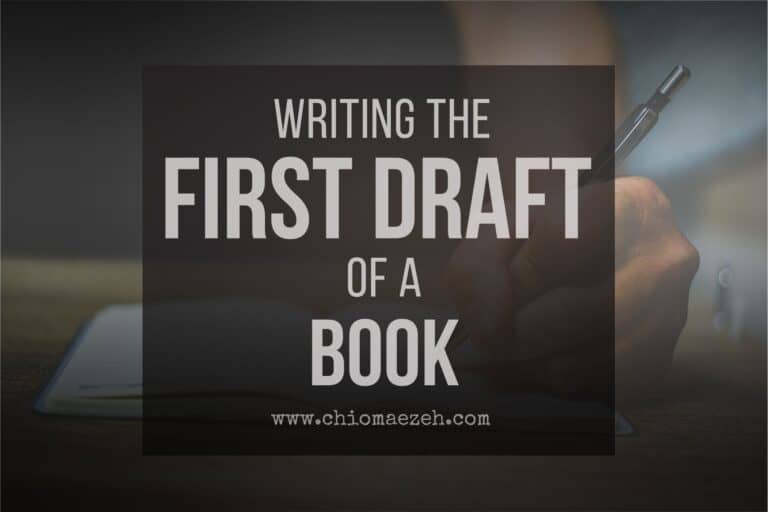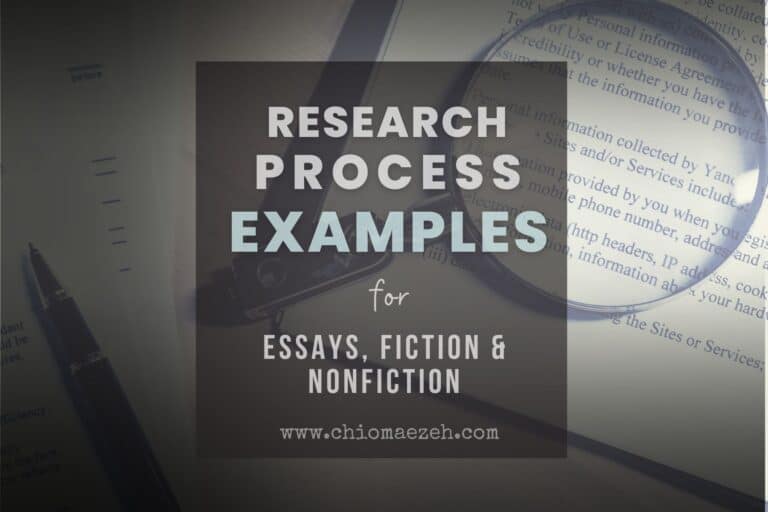Types of Research Methods In Prewriting: What You Need To Know As A Writer
Most people think that research is only for those who are doing empirical research. This is not the case. Everyone who writes something needs to do some research before they start writing.
The research process is necessary for understanding a topic, and it can help you as a writer generate ideas and information about the subject matter. It involves a systematic inquiry into a specific topic. It entails gathering data, analyzing it, forming conclusions, and communicating the results of the investigation.
There are many different types of research methods that can be used depending on the nature of your project. They include qualitative research, quantitative research, action research, mixed methods research, case studies, and surveys. Each type of approach has its own pros and cons that you should consider when you choose which method to use for your project.
In this article, we will explore the types of research methods so you can decide which one best fits your needs.
👉 Just getting started? See our overview guide on the Research process to get started!

Let’s Talk
Are you a writer aspiring to pen a masterpiece that never fails to captivate? Look no further. Reach out to us and uncover how we can help you to take your writing to unprecedented heights!

What are the Types of Research Methods?
There are many different types of research processes. These include:
- qualitative research
- quantitative research
- action research
- mixed methods research
- case studies, and
- surveys.
Types of Research Methods
1. Qualitative research.
This type of research method involves collecting data in the form of observations, interviews, and focus groups. It is used to explore topics in more depth and understand people’s experiences and perspectives.
You can use qualitative research to gain insight into how to design interventions or policies that are fit a particular problem or issue. For example, if you’re writing a book or report on the Impact of Poverty On Education, you might use interviews with teachers and students to understand the many issues they face in their classrooms.
👉 For more context, check out our Research process examples for fiction, nonfiction, and essays to get an idea
2. Quantitative research.
This is another type of research that involves collecting data in the form of numerical values. This method is useful for testing hypotheses, making predictions, and developing models. It can also help to measure changes in attitudes over time and across different populations.
This type of research method is more common in academics but can also be used in industry and other settings. Let’s say you’re conducting a study on the Effects of technology on student learning outcomes, you might use quantitative methods such as tests to measure changes across different groups of students.
3. Action research.
Action research is a type of research method that involves using a practical approach to solve problems. It generally involves the involvement of participants in the investigation, with their active participation being key to the success of the study. Action research is particularly used for initiatives such as community projects or service delivery initiatives where needs or issues and solutions need to be identified and developed.
For instance, if you’re writing about the effectiveness of a community-based literacy program, you might use action research to evaluate how the project is working from the perspectives of both participants and organizers.
So, you might want to involve people from the local community in your study to gain an understanding of their experiences and opinions.
4. Mixed methods.
This research type combines both qualitative and quantitative approaches to data collection and analysis. You can use it to explore topics by including both numerical values as well as observations or interviews.
As an example, if you’re writing on the effectiveness of healthcare interventions, you might use mixed methods research to understand both the statistical data and people’s experiences with the intervention.
5. Case studies
Case studies is one of the popular types of research methods. It involves an in-depth investigation into a particular person, group, or situation. This type of research is useful for understanding a phenomenon and how it works in a specific context.
Imagine you’re writing an article on the impact of Artificial intelligence (AI) on small online businesses, you can use case studies to look at how different businesses are using AI and what benefits or challenges they are experiencing.
6. Surveys
Surveys involve collecting information from a sample population by asking them to answer questions about themselves or their experiences. Surveys can be used to explore attitudes and opinions on a wide range of topics, as well as collect quantitative data such as age or income. They can also be used to gain an understanding of how different groups of people experience a particular phenomenon.
As you can see, there are many different types of research processes that can be used depending on the nature and focus of your project or study. It is important to consider the advantages and disadvantages of each approach so that you can select the most effective method for your project or study.

What is the best research method to use as a writer?
The best research method to use as a writer really depends on the purpose and focus of your project. Generally, qualitative approaches such as interviews or observations can be used to gain an in-depth understanding of a topic or phenomenon, while quantitative methods like surveys or experiments may be used to collect data that can be analyzed statistically. In most cases, writers may find it beneficial to use a combination of both qualitative and quantitative approaches.
As a fiction writer, you can use interviews, surveys, and observations to gain insight into characters and the world they inhabit. Through interviews, you could learn more about a story’s setting or the motivations of its characters; surveys could provide useful information on trends in behavior or attitudes; and observation can help create vivid descriptions.
For non-fiction, research could involve using interviews or surveys to learn data on a topic, as well as reading articles and books to support your arguments. Depending on the type of non-fiction you are writing, quantitative methods such as experiments could be used to test theories or explore questions.
That said, always try to select the most appropriate method or combination of methods for your specific project.
what are the types of variables in research methods?
The types of variables in research methods vary depending on the type of study being conducted. Generally, there are three main types of variables:
- Independent Variables: these are factors that can be manipulated or changed by the researcher. These variables are used to test a hypothesis and measure its outcome on the dependent variable.
- Dependent Variables: these are the variables that are measured, and their values depend on the manipulation of the independent variable(s).
- Extraneous Variables: can impact the accuracy of a study or experiment by influencing either the dependent or independent variables. These variables must be identified and controlled to ensure that they do not distort the results of a study. Examples of extraneous variables could include environmental factors such as temperature or noise, or even external influences such as gender, age, or socio-economic status.
It is important to identify and control for these types of variables when conducting research in order to limit bias and ensure accurate results.
What type of research method use random sampling?
Random sampling is a type of quantitative research method that involves selecting participants in a study by randomly choosing individuals from a population. Random sampling ensures that every individual has an equal chance of being selected, and it can be used to create representative samples which accurately reflect the population being studied.
This type of method is often used in surveys or experiments where the researcher needs to obtain an accurate representation of a population. It can also be used in qualitative research such as interviews, focus groups, or observations. Random sampling is especially useful when conducting research with small populations or when the researcher wants to ensure that their sample size is representative of the entire population.



![What Is Brainstorming in Writing? [Explained For Writers & Authors]](https://chiomaezeh.com/wp-content/uploads/2023/02/What-is-brainstorming-in-writing-768x512.jpg)
![What Is Second Person Point Of View? [Definition & Examples]](https://chiomaezeh.com/wp-content/uploads/2023/03/second-person-point-of-view-1-768x512.jpg)

